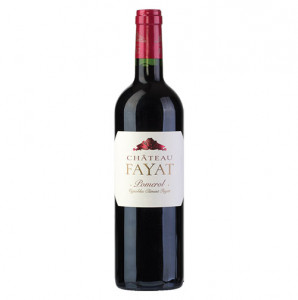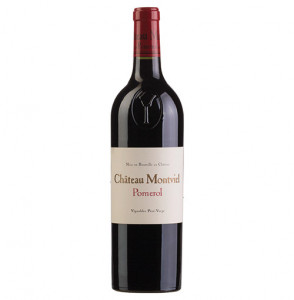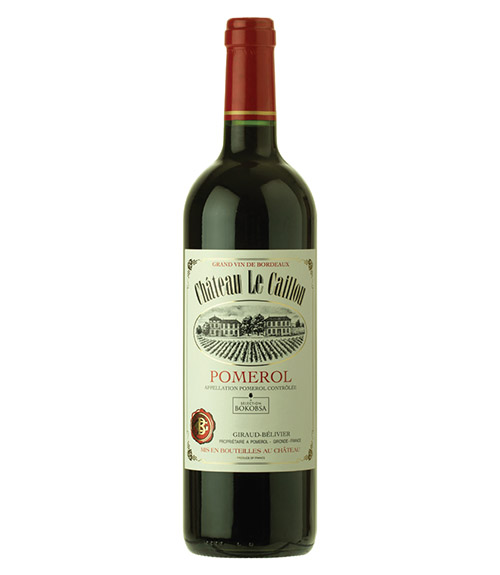


Several months ago, the most recent issue of “DiVine Magazine” published an article written by yours truly, focusing on my visit to the kosher wine producing Chateaux in Bordeaux. Discussing my journey was essentially about relating my experience exploring ancient castles and mansions, which have been producing wines since the Middle Ages. Many of those wineries carry hundreds of years of history and tradition. If there ever was a people who respect and appreciate the importance of history and tradition, it’s the Jewish people. Bordeaux is a legendary wine region, a source of inspiration for wineries and winemakers all over the world. Most of the world’s better known wine grape varieties either come from Bordeaux or were developed there including Merlot, Cabernet Sauvignon, Cabernet Franc, Petit Verdot, Malbec, Sauvignon Blanc and Sémillon. The region is named after the city of Bordeaux, in the south west of France, which is located close to the Atlantic Ocean and the Spanish border. The land area of the Bordeaux wine region is approximately 450 square kilometers, with about 12,000 acres under grapevines. The region is home to multiple appellations and sub-appellations, some of which are well-
known like Margaux, Saint Julien, Pomerol, Pauillac, Pessac-Léognan or Sauternes. Others sound less familiar to most people, such as Entre-deux-Mers, Moulis-en-Médoc or Fronsac.
While Bordeaux has been producing some of the world’s most revered wines for many centuries, these wines were almost unheard of for the kosher drinkers until about 40 years ago. The real change came in 1988, when the first kosher wine (from the 1986 vintage) produced by the Barons Edmond Benjamin de Rothschild’s Château Clarke was released, and that is when the French kosher wine revolution began.
Subsequent to the Rothschilds’ 30 year old vision, kosher wines have been made at world-famous and less famous wineries from almost every Bordeaux appellation.
These appellations often have funny sounding names, which are difficult to pronounce for those not fluent in French. Most of them are called Château something, often with a picture of an old castle straight out of a fairy tale printed on the label. Yet their prices vary from $10 to $250 (and a lot more for non-kosher wines). So, what makes one Bordeaux wine different and or better from the next? Many have no idea really, so I decided it was time to create a platform to discuss the fascinating, yet complicated region. After reading my series you will walk into your local wine shop with an arsenal of knowledge about each appellation. Over the coming couple of months we will review and summarize in these pages the most interesting facts and characteristics of each of the major Bordeaux appellations.
Bordeaux wine country is divided into two main regions. The left bank and right bank referring to both banks of the Gironde estuary which connects to the Dordogne and Garonne rivers. The river intersects through the entire area, including the city of Bordeaux itself. The right bank is the entire area northeast of the river, while the left bank is the area extending southwest of the river.
Eight out of the nine major and most prestigious appellations of Bordeaux have been included in one of three official classifications:
Let’s start our discussion with the appellation of Pomerol:
Pomerol is the only major Bordeaux appellation which has no classification at all. It is also one of the smallest appellations, so small that one can walk within minutes from any of the few hundred Pomerol wineries to the next. Small yet mighty, Pomerol is home to some of the most respected Bordeaux wineries, such as Château Trotanoy, Vieux Château Certan or Château La Conseillante.
The most famous Pomerol is called Pétrus, which has been cited in countless books and novels, and has become a symbol of luxury all over the world. Pétrus produces a very rare wine topping nearly every year the ratings of most wine critics, and it can retail for as much as $3,000 a bottle on release. The kosher consumer is yet to have the luxury and honor of having a kosher wine from Pétrus.
The most dominant grape variety in all of the right bank wines is Merlot, which is often blended with some Cabernet Franc and more rarely Cabernet Sauvignon, Malbec or Petit Verdot. However, many Pomerol wines are made of 100% Merlot and you may be wondering why. This is where the importance of terroir comes into play. Terroir is a French word best explained as meaning “a sense of a place,” as it highlights the successful integration and acclimation of specific species, such as animals, plants, trees and in this case grape varieties in a place. The terroir provides the ideal mix of soil type and climate for these specific varieties to thrive. The soil in Pomerol is rich in gravel and clay, boasting the highest concentration of blue clay in the world. The climate in Pomerol is mild to moderately warm during the growing season which runs from May through October. Day and night temperatures average 55 to 80 degrees Fahrenheit, with moderately cold winters where temperatures are rarely falling below 40 degrees. These conditions allow the Merlot and Cabernet Franc grape vines to produce the highest quality grapes. The wines of Pomerol are often described as feminine, as they typically show flavor profiles combining elegance, power, complexity and generosity, as well as red fruits and floral characteristics.
While Pétrus never made kosher wine, there are several prestigious wineries in Pomerol that produce or have produced excellent kosher runs of their internationally acclaimed wine, and I would like to share my personal impressions of some of them.
Château Montviel, Pomerol, 2016: Part of the estates owned and operated by the highly respected Vignobles Péré-Vergé, which also produces the very rare Château La Violette. Deep garnet towards royal purple at the rim. On the nose, aromas of warm, ripe raspberries, black cherries, dried violets, fresh mint, toasted oak and freshly rolled cigars. Medium-plus in body, with a rich, layered and velvety texture. On the palate, notes of crushed raspberries, black plums, followed by graphite and tobacco leaves, medium acidity, with mouth-draping, teeth-staining tannins (but not firm, harsh or aggressive in any way) as well as notes of chocolate-covered cherries on a long, elegant and plush finish. 14% Abv. Delicious wine, somewhat approachable now for those who’d either like to taste, follow and evaluate the potential or those that like their wine on the primary fruit notes but best 2023-2030, perhaps longer.
Château Royaumont, Lalande de Pomerol 2016: Lalande de Pomerol is a small, neighboring appellation which shares most of the same terroir as Pomerol. Also made by Vignobles Péré-Vergé. Deep ruby towards purple in color. On the nose ripe raspberries, blueberries and plums, as well as wet earth, smoky oak, and hints of green foliage. Medium, perhaps medium to full-bodied, with on the palate loads of black juicy plums, pencil shavings, tobacco leaves, smoky wild mushrooms, ripe strawberries, rich earth, medium-plus acidity with notes of bark and mouth coating tannins on the long, rich and lush finish. Patience is required again here, but it should be rewarded accordingly. 14% Abv. Drink 2023- 2030.
Château Fayat, Pomerol, 2015: Deep ruby red, with on the nose juicy red currants, red cherries, earthy mushrooms, leafy, earthy minerals. Medium to full-bodied, the texture is somewhat juicy then turns creamy, nice baby fat indeed. On the palate, ripe red cherries, red currants, strawberries, great purity of fruit, nicely austere yet seductive with fresh, elegant fruit, hints of citrus, medium-plus acidity with powdery tannins and notes of bark on the very long and silky finish. Textbook Pomerol feminine elegance. 14% Abv. Drink 2022-2030.
Château Le Caillou, Pomerol, 2015: Deep ruby in color. On the nose, dried strawberries, wet forest floor, earthy minerals, green foliage and cold tobacco. Medium-bodied, elegant, with tart red berry fruit, hints of earth, graphite, mocha, medium acidity, soft, somewhat rustic tannins, with notes of tobacco leaves on the moderately long finish. Very approachable and pleasantly drinking now. 13% Abv. Drink now-2025.
Stay tuned for our next episode on the appellation of Saint-Emilion, expected in a couple of weeks. In the meantime, here is some food for thought: did you know that Cabernet Franc is a parent grape variety of both Merlot and Cabernet Sauvignon? It was indeed discovered recently through DNA testing only about 20 years ago that Merlot is the result of a crossing of two varieties: Cabernet Franc, and the very obscure Magdeleine Noire des Charentes. Cabernet Sauvignon on the other hand, is the result of the crossing of Cabernet Franc and Sauvignon (Blanc).
If you have any questions on this article, or about wine in general and kosher wine in particular I would be happy to answer them and discuss. You may contact me by email at GGeller@kedem.com.
By Gabriel Geller
Gabriel Geller is a wine consultant for Royal Wines.










